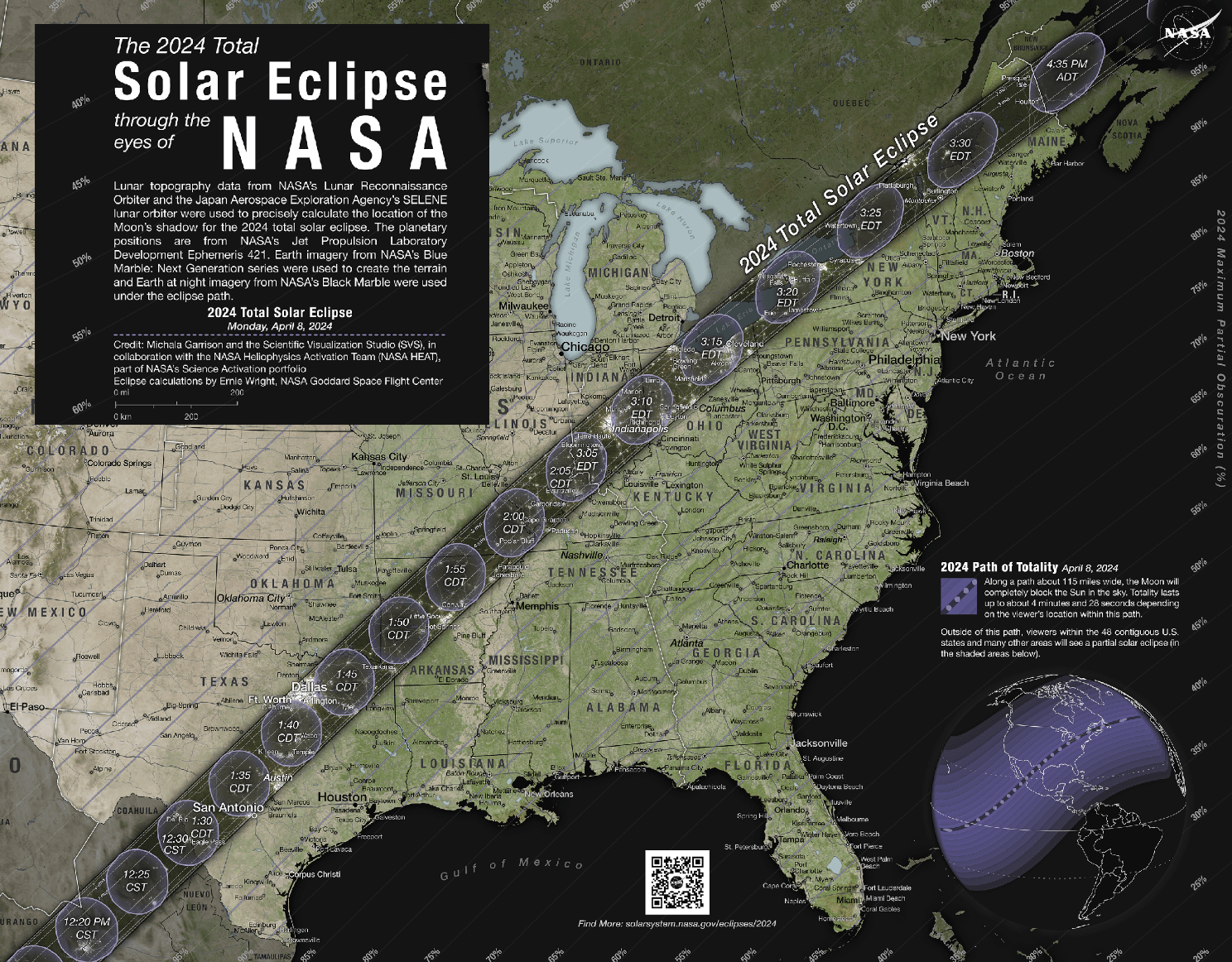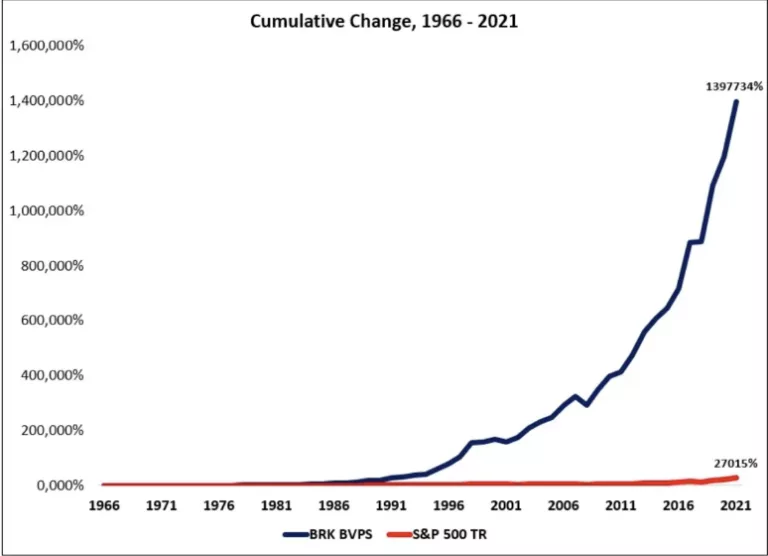
By Beth Barhydt
On April 8, a significant astronomical event will grace the skies of North America as a solar eclipse unfolds. NASA, the United States’ foremost space agency, has announced a series of initiatives to engage the public in this celestial phenomenon.
The solar eclipse, characterized by the Moon passing in front of the Sun, will be visible in varying degrees across North America. The path of totality, where viewers can witness a total solar eclipse with the Moon completely obscuring the Sun, stretches from Texas to Maine. Millions in this path will experience the eclipse in its full glory. For those outside this narrow band, a partial solar eclipse will be visible, where the Moon covers part of the Sun.
To ensure public safety and enhance the viewing experience, NASA has provided guidelines on how to view the eclipse safely. This is critical as looking directly at the Sun, even during an eclipse, can cause severe eye damage.
In a bid to bring this experience to a wider audience, NASA has scheduled a comprehensive live coverage of the eclipse starting at 1 p.m. EDT. This three-hour broadcast will feature live views from various locations across North America, insights from NASA experts, appearances by astronauts aboard the International Space Station, and an in-depth look at NASA’s science experiments related to the eclipse.
Key locations for this live coverage include NASA’s Glenn Research Center in Ohio which is in the direct path.
NASA’s broadcast will be available on various platforms, including NASA TV, the agency’s website, and social media channels, offering accessible viewing options for the public.
For those preferring a more direct observation experience, NASA will provide a telescope-only feed of the eclipse on its media channel and YouTube. This feed will present views from multiple locations, adapting to weather conditions and the eclipse’s progression.
Furthermore, NASA has developed an interactive Eclipse Explorer Map. This tool enables users to track the eclipse in real-time and provides valuable information like eclipse timing, weather updates, and predictions of the eclipse’s visibility for various locations.
NASA’s comprehensive approach, combining live coverage, scientific experiments, and interactive tools, ensures a rich experience for all viewers.
NASA: Eye Safety During a Total Solar Eclipse
Why is it not safe to look at the Sun even when only a small part of it is visible?
The rods and cones in the human retina are very sensitive to light. Normally during daylight conditions, the iris contracts so that only a small, safe amount of light passes through the lens and then reaches the retina. However, the Sun’s surface is so bright that even a thin sliver of its light can still damage the eye if you were to look directly at it. When exposed to direct sunlight, retinal cells will become damaged, sometimes permanently. This can happen even after a quick glance at the Sun so it is very important to never look at the Sun directly. To look at the Sun, use solar viewing glasses or a property-equipped telescope.
Is it true that you should not look at the Sun even during a total solar eclipse?
When the bright photosphere of the Sun is completely covered, only the faint light from the corona is visible, and this radiation is too weak to have any harmful effects on the human retina. There is a misunderstanding that during a total solar eclipse, when the Moon has fully blocked the light from the Sun, there are still harmful rays that can injure your eyes. This is false.
Unfortunately we will not witness a full eclipse here in Connecticut so there is no safe time to view the eclipse without protection.
How are eyes damaged by staring at the Sun?
Typically, eye damage from staring at the Sun results in blurred vision, dark or yellow spots, pain in bright light, or loss of vision in the center of the eye (the fovea). Permanent damage to the retina has been shown to occur in ~100 seconds, but the exact time before damage occurs will vary with the intensity of the Sun on a particular day and with how much the viewer’s pupil is dilated from decongestants and other drugs they may be taking.
Even when 99% of the Sun’s surface (the photosphere) is obscured during the partial phases of a solar eclipse, the remaining crescent Sun is still intense enough to cause a retinal burn. Note, there are no pain receptors in the retina so your retina can be damaged even before you realize it, and by then it can be too late to save your vision!
Where can I get the right kind of solar filter to view the eclipse?
For a list of trusted solar filter vendors, please see the American Astronomical Society’s website https://eclipse.aas.org/eye-safety/eyewear-viewers
Viewing any part of the bright Sun through a camera lens, binoculars, or a telescope without a special-purpose solar filter secured over the front of the optics will instantly cause severe eye injury.
When watching the partial phases of the solar eclipse directly with your eyes, which happens before and after totality, you must look through safe solar viewing glasses (“eclipse glasses”) or a safe handheld solar viewer at all times. Eclipse glasses are NOT regular sunglasses; regular sunglasses, no matter how dark, are not safe for viewing the Sun. Safe solar viewers are thousands of times darker and ought to comply with the ISO 12312-2 international standard.
Always inspect your eclipse glasses or handheld viewer before use; if torn, scratched, or otherwise damaged, discard the device. Always supervise children using solar viewers.
Do NOT look at the Sun through a camera lens, telescope, binoculars, or any other optical device while wearing eclipse glasses or using a handheld solar viewer — the concentrated solar rays will burn through the filter and cause serious eye injury.
If you don’t have eclipse glasses or a handheld solar viewer, you can use an indirect viewing method, which does not involve looking directly at the Sun.
One way is to use a pinhole projector, which has a small opening (for example, a hole punched in an index card) and projects an image of the Sun onto a nearby surface. With the Sun at your back, you can then safely view the projected image. Do NOT look at the Sun through the pinhole!
Do NOT use eclipse glasses or handheld viewers with cameras, binoculars, or telescopes. Those require different types of solar filters.
Even during a partial or annular eclipse, or during the partial phases of a total eclipse, the Sun will be very bright. If you are watching an entire eclipse, you may be in direct sunlight for hours. Remember to wear sunscreen, a hat, and protective clothing to prevent skin damage.
NASA: Frequently Asked Questions
How long will the 2024 total solar eclipse last?
The longest duration of totality is 4 minutes, 28 seconds, near Torreón, Mexico. Most places along the centerline (path of totality) will see a totality duration between 3.5 and 4 minutes.
What does the path of totality mean?
The path of totality is where observers will see the Moon completely cover the Sun.
How much will daylight change during a total solar eclipse?
In the path of totality, where the Moon completely covers the Sun, the sky will become dark, as if it were dawn or dusk. For those who only experience a partial solar eclipse, the sky will appear slightly darker than it was before the eclipse, depending on how much the Moon blocks the Sun in their location.
How big of a temperature drop do you get during a total solar eclipse?
You can expect the temperature to drop about 10 degrees Fahrenheit (5 degrees Celsius) depending on the humidity and cloud cover at your location.
What are the stages of a total solar eclipse?
During a total solar eclipse, you will see multiple unique features as the eclipse progresses.
Partial eclipse: As the Moon passes between the Sun and Earth, at first it does not completely cover the Sun. The Sun appears to have a crescent shape.
Shadow bands: Shadow bands are rapidly moving, long, dark bands separated by white spaces that can be seen on the sides of buildings or the ground just before and after totality, though they can be very faint and difficult to photograph.
Baily’s Beads: As the Moon continues to move across the Sun, several points of light shine around the Moon’s edges. Known as Baily’s Beads, these are light rays from the Sun streaming through the valleys along the Moon’s horizon
Diamond Ring: Baily’s Beads will begin to disappear until eventually, only a single bright spot will remain along the edge of the Moon’s shadow. This bright spot resembles the diamond in a giant diamond ring formed by the rest of the Sun’s atmosphere.
Totality: Totality is when the Moon completely blocks the bright face of the Sun. This is the only stage of the eclipse that you can view with your naked eye. This stage can also reveal the chromosphere (a region of the solar atmosphere, appearing as the thin circle of pink around the Moon) and the corona (the outer solar atmosphere, appearing as streams of white light).



